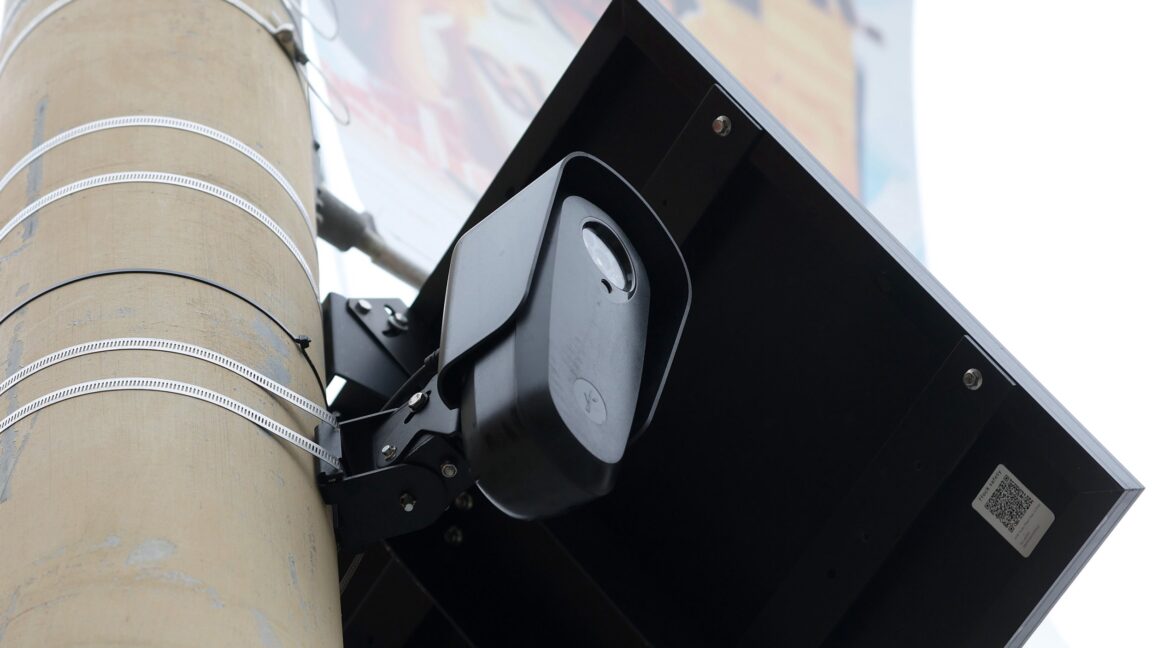Learning to ride a bike is a rite of passage in many families and communities, and that means the ability to teach someone how to ride a bike is an equally important skill. The first few tries can be scary for kids, but finding the right balance, and coordination will be easier if they have a confident teacher guiding them. That’s where you come in.
Now, it’s not entirely natural to perch atop a pair of wheels, and falling is a near-certainty until a child has found their bike legs. Challenges are part of the process, but there are a number of ways that you can help the kid you’re teaching get comfortable on two wheels with limited trouble.
Ditch the training wheels—balance bikes are best
If you’re in your 20s or older, you probably remember learning to ride a bike with clunky training wheels bolted to the back wheel. These two extra wheels got us up on the bike and learning how to pedal. But they do a terrible job teaching the hardest and most important part of riding a bike, which is balance, according to Phil Yip, a certified cycling instructor with the League of American Bicyclists who teaches with Bike East Bay and the San Francisco Bicycle Coalition. The far superior alternative, he says, is to start on a balance bike.
Balance bikes are simple. They’re just like small regular bikes, except without pedals. Riders propel themselves forward by pushing with their feet on the ground, essentially running with the bike beneath them. New riders can walk as slow as they want while seated on the bike, and as they get comfortable, start to move faster until they naturally lift their feet and glide farther and farther. Once they’ve mastered staying upright with their feet off the ground and can turn with a combination of the handlebars and leaning, it’s easy enough for them to hop up on a regular bike and learn the nuances of pedaling, starting, and stopping. There’s often no need for training wheels at all. One study found that children who started on a balance bike learned to ride a pedal bike around 4 years old on average, while those who started on a bike with training wheels didn’t learn until they were closer to 6.
[Related: The best bikes for kids]
I started my kids on balance bikes when they were about 2 (they’re twins), and in a couple of weeks they were zooming and gliding faster than I could keep up with on walks around our neighborhood. When we introduced pedal bikes a few months before their fifth birthday, they got the hang of riding in two short driveway practice sessions and could easily start on their own without a push a few days later. They used training wheels for a total of 30 minutes, and that was only because we bought the bikes fully assembled and they refused to wait for me to take them off before hopping on.
Even if your kids are older, or you’re trying to teach yourself as an adult, balance bikes are a great way to start. If you can’t find a larger balance bike or don’t want to buy one, Yip suggests removing the pedals from a regular bike and lowering the seat so the rider’s feet rest flat on the ground.
Create a fun, safe space for learning
Riding can be scary at first, so it’s important that kids start off in a comfortable environment. “Start in a flat, traffic-free area, such as a park or a quiet cul-de-sac, where your child can practice without distractions or dangers,” says Peter Ballin, a former international mountain bike racer, UCI Mountain Bike World Cup mechanic, and bicycle coach out of Morzine, France. “Ideally, start them on grass so it’s softer if they fall.” They shouldn’t have to worry about navigating around dangers or running out of space. Let them focus solely on riding.
It’s also important to remember that learning new skills is uncomfortable, so don’t push kids too hard, Yip says. After all, riding a bike should be fun. If the kids aren’t enjoying it, or are getting stressed from too much pressure, they’re going to have a harder time learning. “It’s better to let the child learn at their own pace,” he says. There’s no set amount of time that it should take. In Yip’s classes, students sometimes move from a balance bike to a pedal bike in a single day, but others might take weeks or months to get comfortable with the transition—and that’s OK.
Ballin adds that as your child improves, giving them little challenges can be a fun way to keep them engaged and pushing themselves without undue pressure. He recommends setting up simple obstacle courses for your kid to navigate, or racing against a clock to keep them motivated and excited to learn.
Don’t forget to teach safe riding habits, too
Teaching a kid to ride a bike isn’t only about guiding them through balance and pedaling. They also have to learn about safety. First is the importance of wearing a helmet anytime they’re out riding. One analysis found that wearing a helmet could reduce the risk of head injuries by 45 percent, brain injuries by 33 percent, facial injuries by 27 percent, and deaths by 29 percent. I’ve seen the value of a helmet in action—one of my kids took a pretty bad balance bike spill and landed on the road on his face. The rim of the helmet saved him from no more than a split lip. Without the helmet, I’m sure it would have been a trip to the hospital instead.
[Related: Essential bike maintenance tips everyone should know]
Helmets are most effective when they fit properly. The National Highway Traffic Safety Administration has a clear and detailed document on how to adjust a helmet to an adult’s or child’s head. Basically, you want the helmet level on the head, low on the forehead, the “V” of the straps tight under the ears, and the chin strap snug enough that only a finger or two can fit under it. If a helmet is too loose, or in the wrong position, it may not do its job.
The other important safety lesson kids need to learn are the rules of the road, both Yip and Ballin say. Make sure to teach them that they should always ride with the flow of traffic rather than against, why we stop at intersections, what stop lights and road signs mean, and who has the right of way in what situations. Even if they’re years away from being old enough to ride alone, it’s good to drill that knowledge into their heads from the start.
Learning in a group can help kids get over their fear
If your child is struggling, or too afraid to hop on the bike, getting more people involved might be helpful, Yip says. If they have a friend, neighbor, or relative who can already ride a bike, try to get them together so your child can mimic what they’re doing. Sometimes seeing someone close to their age doing a feared activity can be all the motivation a kid needs to try something new.
Classes are another option. In addition to providing people for your child to watch, sometimes kids need to learn from someone other than a parent or caretaker, particularly if you find yourselves getting frustrated by a lack of progress. Classes can also be a validating experience for kids who might be embarrassed that they don’t know how to ride yet, Yip says. They’ll see people of all ages who are also learning to ride, and realize that there’s no shame in not having mastered the skill yet.
And once your child is up and running on their bike, so to speak, biking groups and classes are a great way to expand their, and your, knowledge about cycling. Whether it’s getting more comfortable with street riding and racing, diving into the exciting world of BMX, or heading up into the hills for some mountain biking, there are a ton of ways to expand their skills and keep them in the saddle.










